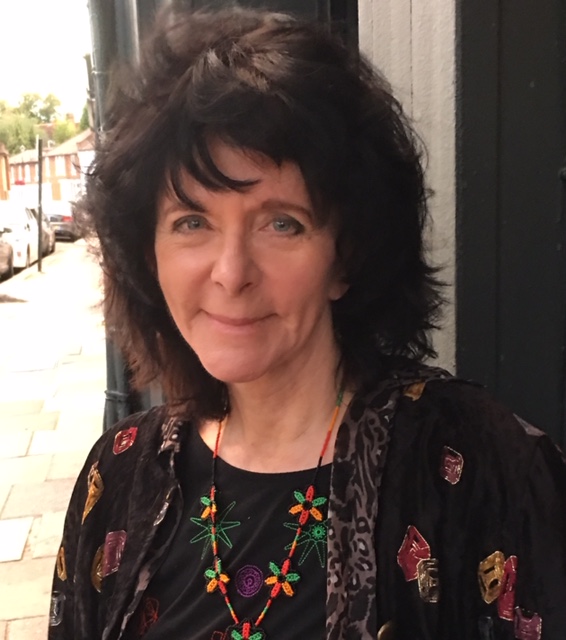Migration
My migration book, The Mara Crossing, took six years to research and write. I started in 2006 after finishing The Poem and the Journey, in which I became obsessed with the image of journeys and journeying. I felt the crisis of migration, and forced displacement, was one of the greatest challenges facing us all. I was very moved by the photographer Sebastião Salgado’s work on migration, which came out the year I began and took him six years. I knew it would become more acute but had no idea how quickly.
The overall message was that migration was a natural phenomenon, in the body and the world as well as human populations. It is part of the way every system protects itself, whether in the body or the world. I moved from the migration of cells, in the body, to tree migration, birds and animals, and then historically, to people. I ended with the idea of the migration of souls.
The book moves through the science and history towards migration today in a rather dolphin-like progression between poems and prose meditations – on home, identity, how you find the way, do you go alone or in a group? The very thoughtful review in the Guardian, by Miriam Gamble, suggested that it also reflects on how poetry operates:
- ‘One of the stated objectives is “to hold migration up to the light from a lot of different angles”; one of the unstated objectives is to hold poetics to the same scrutiny, and to weigh the implications of how art acts on the “real”’.
She particularly liked the poems on animal migration:
- Magnificent poems such as “Nocturne” and “Barnacle’s Lovesong to Humpback Whale” – the former a triumph of imagistic ingenuity, the latter a bizarre inhabitation of the barnacle’s mind. Padel has spoken of both science and poetry as “modest” disciplines. This idea plays out in “Nocturne”, where the act of comparing jellyfish to the contents of the unconscious – “the unnamed / that is always there under the surface” – co-exists with a torrent of imagistic description which is at once self-defeating and self-delighting.
A piece I wrote for American Scientist about cell migration, migration that takes place in our own bodies, begins:
- Biology and history both tell us that life began with migration: from cells to sharks, hummingbirds to human beings, life migrates for three reasons—survival, protection, and reproduction.
- Living organisms are in motion all the time. Cells migrate in bodies; bird migration is the constant heartbeat of the planet; displaced migrants stream across the globe in search of new homes.
- In The Mara Crossing—named after Kenya’s Mara River, the last obstacle surmounted by wildebeest after their annual 3-month quest for new grass—I explore parallel migrations in microbiology, animal behaviour, and human history.
- Ever since the first self-replicating cells arrived on Earth (coming maybe from deep in the sea or from outer space, or called into being by biochemical accident), life spread in that first form of migration, permanent dispersal.
The Mara Crossing came out in 2012.
An American edition, On Migration, came out the following year.
In 2020, I updated the book to include the effects on migration of the Syrian crisis, and Trump’s presidency. It includes work I did with Syrian artist Issam Kourbaj, on the Sryian refugees to Lesbos and the islanders’ response to them. I retitled the book We Are All from Somewhere Else.
That was before Afghanistan.
The journeys, the dangers and suffering, will only grow.


